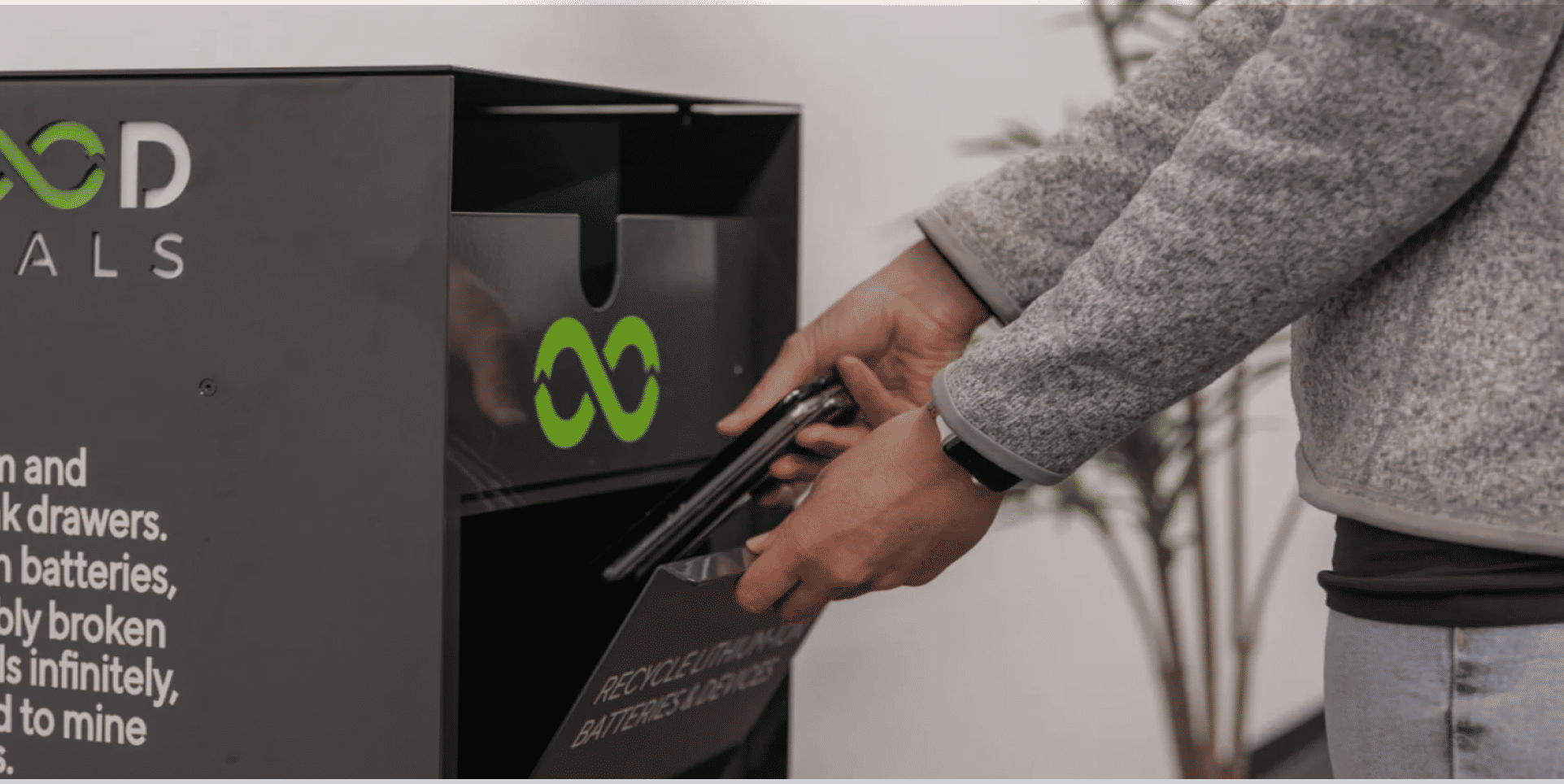
Battery recycling: Redwood Materials charges towards sustainable innovation

Rahul Bhushan
15 years: Structured Products and Sustainability
Take a look at how one American company is defining the economic benefits of battery recycling

Founded by Tesla’s former CTO, J.B. Straubel, Redwood Materials is making significant strides in the battery recycling industry with an impressive run rate of 20 gigawatts per year. This capacity is enough to power approximately 250,000 electric vehicles (EVs)—a substantial increase from the industry’s totals just four years ago. Notably, Redwood’s methods not only support recycling at scale but also promise a drastic reduction in carbon emissions by 40-70% compared to traditional recycling processes.
With 95% of battery minerals being recoverable, Redwood is showcasing the profound economic benefits of battery recycling. This approach is crucial as more EV batteries reach their end-of-life, offering a solution that drastically cuts the need for new material mining. Redwood’s initiative is pivotal, especially considering that the EV market’s demand for batteries is only expected to grow as the industry matures.
US currently faces a significant challenge in battery supply chain logistics, primarily dominated by China, which controls about 70% of the world’s lithium refining capacity. Redwood Materials is set to disrupt this dynamic by potentially shifting the centre of battery supply chain operations from China to the US. The company is on track to produce enough recycled battery material to build over 1.3 million EVs annually by 2028, marking a critical turning point for the US in global battery supply chain management.
Redwood’s 300-acre industrial campus exemplifies their commitment to sustainability. The facility operates with zero waste to landfill and all processes are powered electrically, eliminating the need for gas lines. One of the standout features of Redwood’s process is their eco-friendly recycling method, which involves heating materials in a massive kiln at around 300°C without combustion, thus preventing emissions. Remarkably, once the kiln is activated, the process becomes self-sustaining, mimicking a slow, controlled battery fire but without the environmental cost.
Recent studies, including a peer-reviewed analysis by Stanford University researchers, have shown that Redwood’s recycling process could produce up to 80% fewer emissions than traditional supply chains that rely on CO2-emitting refineries. This innovation not only highlights the cost-effectiveness of recycling over mining but also underscores the potential for a sustainable circular economy in battery materials.
In an era where circularity is becoming increasingly necessary, Redwood Materials exemplifies how technological innovation can address sustainability challenges. As the global vehicle fleet shifts towards electricity, the continuous recycling of minerals will reduce the need to extract raw materials, paving the way for a more sustainable and economically viable future in battery production and beyond.

Rahul Bhushan
Share "Battery recycling: Redwood Materials charges towards sustainable innovation" on
Latest Insights

Natural capital: The strategic risk still missing from business planning
14th August 2025 • Maria Coronado Robles

From mandate to momentum: Regulation as a force for positive change
1st August 2025 • Maria Coronado Robles

Understanding the UK PRA's newest climate risk management expectations
25th July 2025 • David Carlin

Are knowledge gaps or disparities blocking your sustainability success?
26th June 2025 • Maria Coronado Robles





























